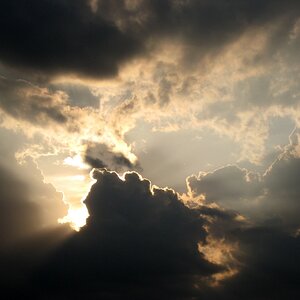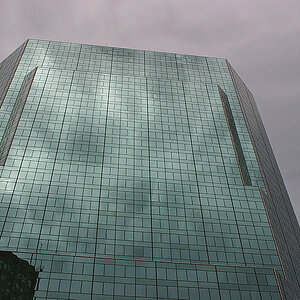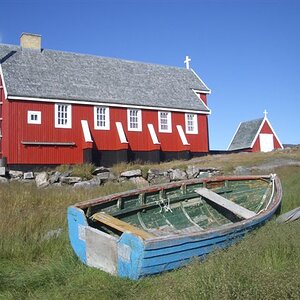ronlane
What's next?
- Joined
- Aug 3, 2012
- Messages
- 10,224
- Reaction score
- 4,961
- Location
- Mustang Oklahoma
- Website
- www.lane-images.com
- Can others edit my Photos
- Photos OK to edit
Good conversation here about the Hurley set up. Thing to me is that his lighting set-up is what works for him. I like the idea of constant lighting for the eyes as mentioned and that you can see the light and how it is going to look on camera (one of Hurley's reasons for constant lighting).
For me, I have to remember that Hurley was using a Hassleblad and Keno's until Canon got him to use a 5Ds or a 5Dsr and then Wescott approached him about "making" this set-up. It works for him but you could make s set-up for far less that would work as well.
I've been lucky enough to get to sit in on one of his headshot key notes that was over an hour long. As @Derrel said, it was so much more about the soft skills, the people skills than it was about gear and lighting. He knows what he is doing and gets compensated well for this knowledge and ability to produce images for the people.
For me, I have to remember that Hurley was using a Hassleblad and Keno's until Canon got him to use a 5Ds or a 5Dsr and then Wescott approached him about "making" this set-up. It works for him but you could make s set-up for far less that would work as well.
I've been lucky enough to get to sit in on one of his headshot key notes that was over an hour long. As @Derrel said, it was so much more about the soft skills, the people skills than it was about gear and lighting. He knows what he is doing and gets compensated well for this knowledge and ability to produce images for the people.


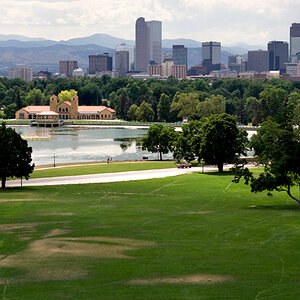
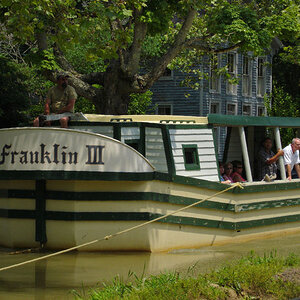
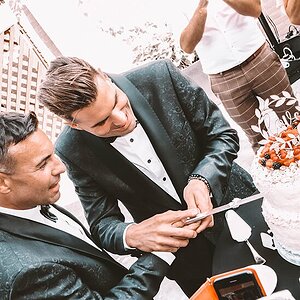
![[No title]](/data/xfmg/thumbnail/34/34042-f37784c4a5db3d0cf34059cad22b288c.jpg?1619736251)
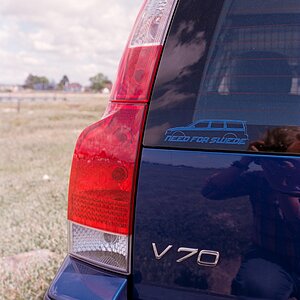
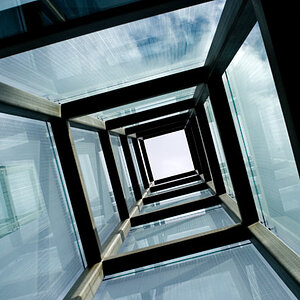
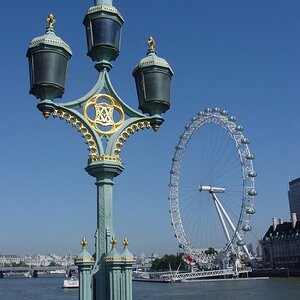
![[No title]](/data/xfmg/thumbnail/34/34039-a3bf38301d5ee5f8b658c43a86558500.jpg?1619736250)
